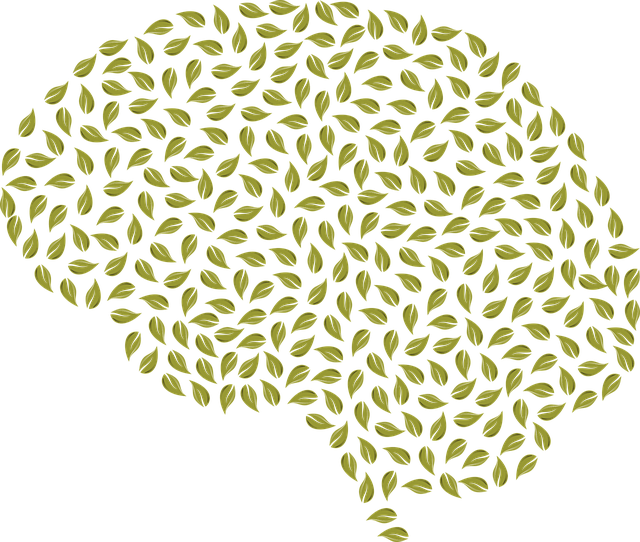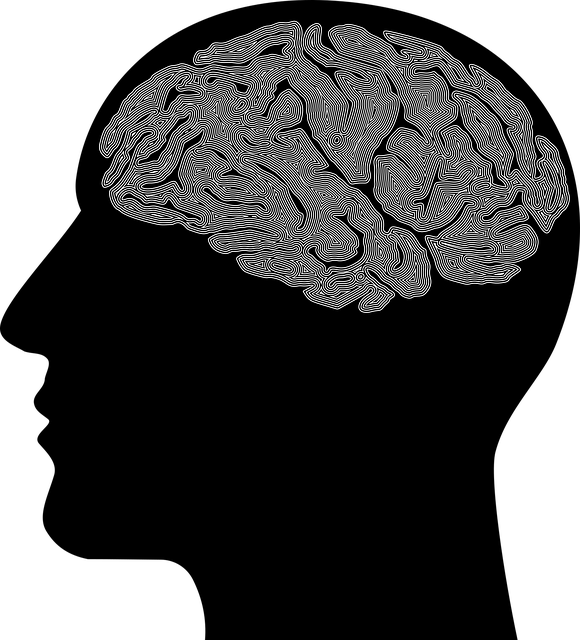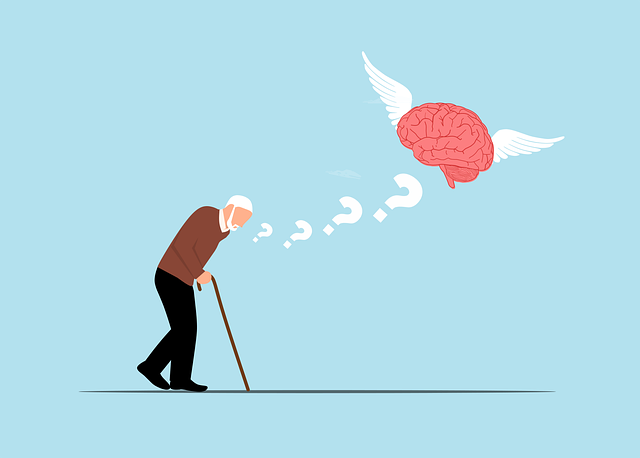Golden Learning Disability Therapy emphasizes comprehensive risk assessment and harm minimization planning for clients with learning disabilities, prioritizing their mental health and well-being. Through proactive strategies, therapists identify and mitigate potential hazards, from physical safety concerns to emotional triggers, creating a safe and supportive environment. Individualized planning, empathy building, and community outreach programs tailor interventions to diverse populations, while continuous evaluation ensures emerging challenges are addressed. These integrated approaches empower clients, improve outcomes, and promote long-term mental health sustainability in Golden Learning Disability Therapy.
Risk assessment and harm minimization planning are vital components of ensuring safety, especially in the context of Golden Learning Disability Therapy. This article guides you through a comprehensive framework, starting with understanding risk assessment by identifying potential hazards. We explore the ‘Golden Rule’ for harm minimization, offering structured strategies for diverse needs. It delves into individualized planning, effective interventions, and continuous evaluation, providing a roadmap to successful long-term success in therapeutic settings.
- Understanding Risk Assessment: Identifying Potential Hazards
- Golden Rule of Harm Minimization: A Framework for Safety
- Individualized Planning: Tailoring Strategies for Diverse Needs
- Implementing Effective Interventions and Support Systems
- Continuous Evaluation and Adaptation: Ensuring Long-Term Success
Understanding Risk Assessment: Identifying Potential Hazards

Understanding risk assessment is a crucial step in implementing effective harm minimization planning, especially within specialized fields like Golden Learning Disability Therapy. It involves a systematic process of identifying and evaluating potential hazards that could negatively impact clients’ well-being and progress. By carefully scrutinizing various aspects of the therapy environment and activities, therapists can anticipate risks and develop strategies to mitigate them.
This process begins with recognizing diverse potential hazards, ranging from physical safety concerns to emotional triggers or even environmental factors. For instance, in a therapy setting, identifying and managing conflicts using conflict resolution techniques can foster a safe space. Additionally, building resilience and cultivating emotional intelligence among clients can help them navigate challenges and reduce the impact of potential harm. Such proactive measures ensure that therapy sessions remain beneficial, supportive, and conducive to personal growth.
Golden Rule of Harm Minimization: A Framework for Safety

The Golden Rule of Harm Minimization serves as a fundamental framework for creating safe and supportive environments, especially within the context of learning disability therapy. This rule emphasizes that the potential for harm should always be anticipated and mitigated to ensure the well-being and dignity of individuals with learning disabilities. By adhering to this principle, therapists can create a culture of safety that promotes mental health awareness and fosters resilience building among their clients.
Implementing effective risk assessment strategies is a key component of this process. Therapists must identify potential hazards within the therapeutic setting, whether they are physical, emotional, or psychological in nature. Once identified, these risks should be prioritized based on likelihood and potential impact. Through proactive harm minimization planning, therapists can develop interventions and strategies to address these risks, ensuring that the therapy session is not only beneficial but also secure for all participants. This approach aligns with broader goals of stress management and promoting a healthy mental state among individuals engaging in learning disability therapy.
Individualized Planning: Tailoring Strategies for Diverse Needs

In the realm of mental health support, individualized planning is a cornerstone of effective risk assessment and harm minimization strategies. Each client presents with unique challenges and needs, necessitating tailored interventions. For instance, Golden Learning Disability Therapy recognizes that individuals with learning disabilities require specialized approaches to manage risks and promote well-being. Therapists must adapt their methods to cater to diverse cognitive abilities and communication styles, ensuring comprehensive risk management planning for Mental Health Professionals.
Empathy building strategies play a vital role in this process. By fostering strong therapeutic alliances, mental health professionals can better understand the lived experiences of their clients. This empathic connection enables them to design interventions that resonate with individual preferences and cultural backgrounds. Moreover, integrating Community Outreach Program Implementation can expand access to resources and support, particularly for marginalized communities. Such inclusive practices ensure comprehensive risk mitigation strategies tailored to the diverse needs of those seeking mental health services.
Implementing Effective Interventions and Support Systems

Implementing effective interventions and support systems is a cornerstone of comprehensive risk assessment and harm minimization planning. For individuals with learning disabilities, such as those served by Golden Learning Disability Therapy, tailored strategies can significantly mitigate potential risks and promote positive outcomes. This involves collaborating with mental health professionals to identify specific needs and develop personalized safety plans. One powerful approach is the Community Outreach Program Implementation, which connects individuals to local resources and fosters a sense of belonging, enhancing their overall well-being.
Additionally, leveraging multimedia platforms like the Mental Wellness Podcast Series Production can extend support beyond traditional therapy sessions. These podcasts offer accessible and engaging content, providing valuable insights and coping mechanisms tailored to various mental health concerns. By integrating such interventions, professionals ensure that risk assessment remains proactive and holistic, empowering individuals with the tools they need to navigate challenges effectively.
Continuous Evaluation and Adaptation: Ensuring Long-Term Success

In the dynamic field of Golden Learning Disability Therapy, continuous evaluation and adaptation are paramount to ensuring long-term success. Regularly assessing risks and updating harm minimization plans allow therapists to stay ahead of emerging challenges and tailor interventions to meet evolving needs. This proactive approach not only enhances client outcomes but also fosters a resilient and adaptable learning environment. By incorporating feedback from both clients and their support networks, therapists can identify areas for improvement and make necessary adjustments in real-time.
Additionally, staying current with best practices in burnout prevention—a key consideration given the demanding nature of disability therapy—is essential. Public awareness campaigns development and implementation can also play a significant role in mitigating risks by educating both clients and their communities about disability-related issues. Furthermore, incorporating self-awareness exercises into therapeutic routines encourages clients to develop coping strategies that promote mental well-being, contributing to a holistic approach that addresses both immediate challenges and long-term sustainability.
Risk assessment and harm minimization planning are essential components of creating safe environments, especially for individuals with learning disabilities. By understanding potential hazards and implementing a structured framework like the Golden Rule of Harm Minimization, therapists can develop tailored strategies to support diverse needs. Continuous evaluation and adaptation ensure that interventions remain effective over time, fostering long-term success in therapy. Embracing these practices is a vital step towards revolutionizing care for individuals with learning disabilities, promoting their well-being, and enhancing their overall quality of life.










